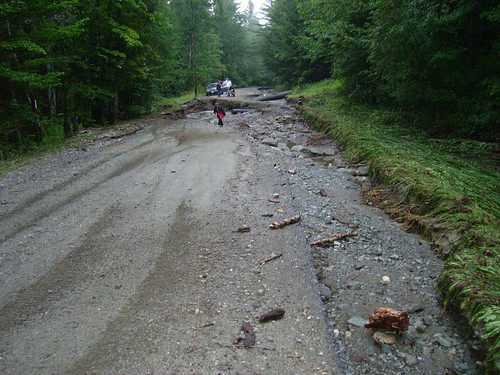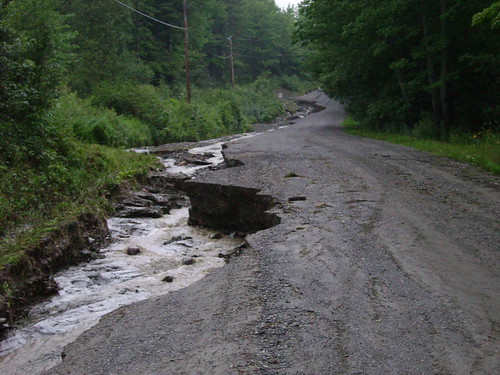A long-running project: done (almost)
/Last Thanksgiving, I was about to go up our staircase, and realized just how ugly the carpeting on it was. It was bad, and moreover, worn, and something that Megan and I spoke about from time to time as a project to replace. So, that night, I decided it was time to tear it up, once and for all.
The carpeting turned out to be the first of a series of long-running projects. The treads were in dire need of replacement: one was cracked in half, and a couple of others split when I took them up a month later. The bannister and handrail came down, covered in paint stripper (pro tip: if you have to use paint stripper inside, do so when it’s not -20 out) and after a couple of days of work, the treads were replaced. Initially, I thought that it would be a straight-forward job to buy replacements, but it turned out that the local lumber supplier didn’t sell a bannister in the right size. The bannister and handrail ended up in the lumber scrap pile behind my shed, and I figured I’d pick up a new set down the road. The bannister, I reasoned, could be stripped down when the summer came.
So, I started work on it, layering on stripper in my garage, and began chipping it off. It turns out that there were 4-5 layers of paint on this, which made it a far more lengthly process than I first imagined. When it came time to figure out a handrail and supports, I realized that I already had all the right components, cut to the right size. Pulling them out, it turned out that they were in decent shape, and save for some damage to the handrail that I caused taking it off, they could easily be reused.
Kate Baker, of Clarksworld Magazine kept me company with her podcasts, and I’ll forever look at the entire setup and think of some of those stories that she red me. The project took all summer, usually a couple of days at a time, where I’d don a face mask, gloves, work pants, and spend hours chipping off layers of brown, gold, yellow, and red.
I finally hit a point where I knew I was pretty much done. My scraper gave way to a sander and a Dremel, and I spent another couple of days with a fine point, carving away the layers of paint embedded in the cracks and detailing. I used a can of compressed air to blow off the dust, and used rubbing alcohol to clean the surface.
I spent today putting it all back together: the bannister went in first, with heavy-duty screws in the base. The handrail went up next, then the supports. It’s a shame that I can’t simply stain it: it’s beautiful without it, and I can’t imagine why it was pained in the first place, but while everything is roughly in good order, there’s still decades worth of nicks and dings, not to mention my own hammer blows visible on the surface. A gallon of new paint will cover it all up, and it’ll finally be done.
It’s weird to spend so much time on a project like this. I could have hired someone to do the work, but there’s something soothing about taking the time to sit and do the work with your own hands. But now, it’s out of my garage, and back where it’s supposed to be, and it’s time to move onto the next project.




